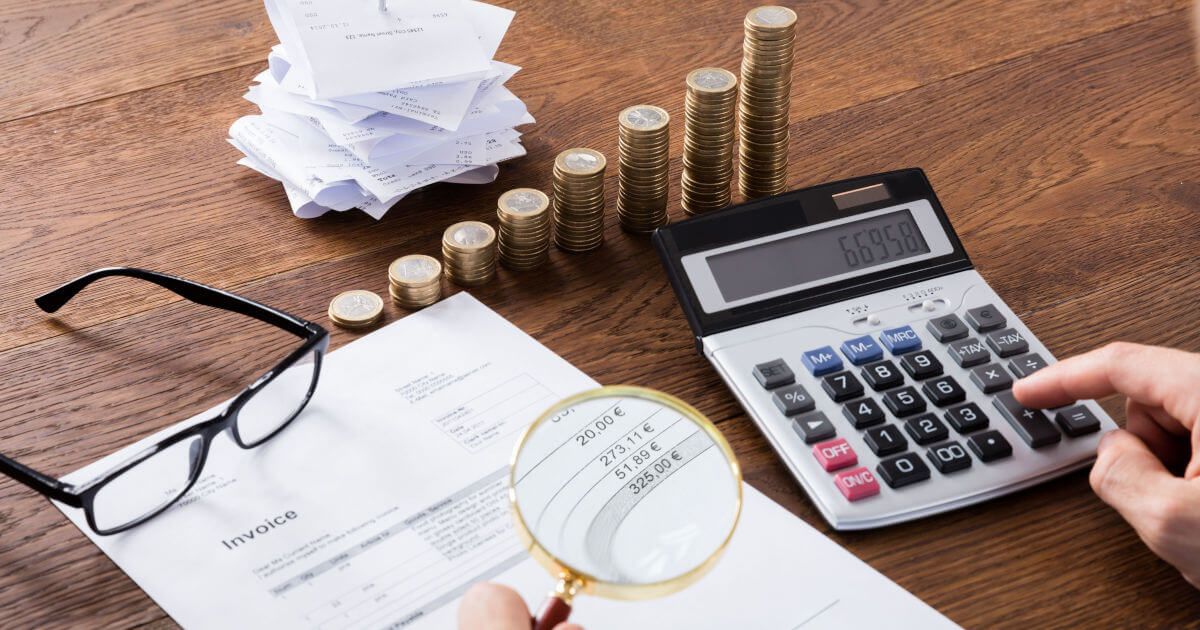What is Fair Value?
According to the International Financial Reporting Standard 13, fair value is the “amount at which an asset could be exchanged between knowledgeable and willing parties in an arm’s length transaction.” (The arm’s length principle recognizes that all parties involved in a transaction are acting independently and there is no special relationship between them.) It assumes that the price paid for an asset or to transfer a liability is accurate as of the day the transaction takes place. Furthermore, it also assumed that the parties involved are acting in their best economic interests.
The idea behind the fair value measurement approach is that assets and liabilities are re-measured periodically in order to note changes in their value. The resulting change then has an impact either on net income or else on another comprehensive income for that particular period. When it comes to actually figuring out how to determine fair market value, there are certain valuation techniques that you should utilize and for which there is plenty of data to refer to. The most widely used of these, the market approach, cost approach, and income approach, can be found in the IFRS 13.62.
The purpose of fair value accounting
The idea behind fair value is to bestow greater objectivity, transparency, and relevancy to annual balance sheets. Given that it is a commercial valuation standard, for businesses it remains of no consequence according to tax laws. Its biggest plus point is arguably its validity and up-to-date-ness, which comes as a result of the real-time evaluation of assets and liabilities. Historical details, like acquisition and production costs, which would otherwise serve as yardsticks, in this case fail to provide such up-to-date information. Both for current as well as for future investors or business partners it is the best possibility of gauging the success potential of such business ventures. Furthermore, fair value evaluations serve as a basis for classifying future cash flows.
Fair value hierarchy
The IASB actually adopted its standards from some of its U.S. counterparts when it comes to addressing some of the problems to do with valuation. A so-called fair value hierarchy has been established for the valuation of assets and liabilities:
Level 1: Fair values is based on quoted market prices given to identical assets and liabilities, assuming that the parties involved have immediate access to the market.
Level 2: Fair value is based on market prices that are similar, i.e. not identical, to the assets and liabilities in question.
Level 3: If it is the case that the values for both level 1 and 2 are unavailable, then the fair value should be estimated using certain valuation techniques.
Companies are required to provide detailed information about how they calculated the fair value. It should be clear which evaluation method and input parameters have been referred to. It is also necessary to provide basic information relating to the valued assets, or liabilities. Additionally, it should also be outlined, via footnotes or an attachment, what effect the valuations based on the level 3 parameters had on the stated profits/losses.
When do you need to define fair market value?
Fair value acts as an important valuation standard both in any initial or follow-up assessment. It tells you the value of an asset or the cost of a liability at the time of acquisition, as well as how this value/cost then changes over time, and in terms of how this impacts profits or losses. Fair value assessments are actually mandatory when it comes to the following assets and liabilities:
- All assets that are part of planned future assets (company pension schemes)
- Pension provisions, insofar as their amount is based on the fair value of securities and which lies above the guaranteed minimum amount.
- Assets, liabilities, deferred items, and special items that are controlled or partly controlled by a subsidiary or sister company – exceptions would be provisions and deferred taxes
- Assets, liabilities, deferred items, and special items that come as a result of the participation of external companies (this is limited to the acquisition coasts) – here exceptions would also be provisions and deferred taxes
The first two cases are especially important when it comes to follow-up evaluations. In principle, the calculation of the fair value of intangible assets only really becomes an option if you can distinguish between research and development.
How to determine fair market value – overview of three approaches
As we mentioned above, when it comes to calculating fair value, there are three approaches that are of particular significance. While the market approach is geared directly towards the respective market and is influenced by the first and second steps for assessing fair value, both the cost approach and the income approach determine fair value on the basis of the criteria of the third level of the fair value hierarchy. Below we have outlined detailed information on the various approaches, as well as referring to which situations they are specifically suited to:
Market Approach
As the name suggests, this is a market-orientated approach to evaluation. It involves differentiating between the use of current market prices and the use of analogies when it comes to defining fair market value. In the first case, the concrete market price serves as a guideline for determining fair value. One precondition is that when we talk about the market we are talking about an active market, for which three requirements need to be met:
- The assets or liabilities in question should be predominantly homogenous (detached from geographical or material links to any competitors).
- Generally, there should be willing buyers and sellers available.
- The prices of the assets in question should be public information.
In the second case there is no concrete market price for the asset in question, meaning that the fair value must be determined using comparable assets. In order to do this, the values to be compared are modified accordingly – e.g. by making increases or reductions. Even the use of multipliers that can be linked to revenue and earnings is possible. The simple transparency of the market method make it the preferred choice when it comes to calculating fair market value. It is often the case, though, that insufficient or inadequate data makes the application of the market method impossible, as neither the specific market price nor comparable value is available.
Income Approach
Also known as the cash value method, the basis of this approach is the discounting of all relevant cash flows with a risk-equivalent interest rate on the day of valuation. This, in combination with values for the amount and duration of the cash flows, allows you to calculate the fair value. Here are the following procedures for doing so:
- Immediate cash flow method: The value is calculated using future profit earnings which can then be assigned to the asset in question. This occurs directly in the form of cash flows.
- Relief from royalty method: Fair value is determined using the relief from royalty method through future royalty fees that need to be paid to a third party in return for an asset. To do this, the license rate in question is multiplied by the turnover.
- Residual value method: Central to this method is that the asset to be valued is assigned any income as a residual income. For this it is necessary the cash flows of all other assets (tangible and intangible) are subtracted from the overall income.
- Excess earnings method: The excess earnings method involves determining the changes in future cash flows based on cost savings or revenue, which is generated through intangible assets. In order to determine this, the cash flows of similar companies are consulted wherein the asset to be examined does not exist.
All capital value approaches share a similar problem in that essential parameters for the valuation of any valuable object are open to influence, and even manipulation, due to estimations that are ultimately subjective. Above all, when it comes to cash flows, it is the amount and time that can be hard to comprehend and objectify.
Cost Approach
The cost approach involves two approaches to determining fair value – the cost of reproduction and the cost of replacement. The reproduction cost method brings about fair value from a combination of all costs that are necessary to reproduce an asset one-to-one, if identical resources and measures are used. Likewise, the replacement method is also geared towards the costs that would be incurred in the reproduction of the asset (with identical values as well). Unlike with the reproduction method, here it is assumed that the current resources and methods are being used.
The costs involved in such a valuation are direct costs, or cash flows, as well as overheads and opportunity costs and employer’s salary. If the valuable object to be reviewed has already been valued at an earlier stage, then it is still necessary to determine the loss of monetary value that has occurred in the meantime, and then subtract this in order to get the final fair value. The strengths of the cost approach lie in its transparency and the verifiability of the evaluation criteria, although it must be noted that the reproduction process for many intangible assets can be difficult to execute.
Conclusion – the pros and cons of fair value
There are arguments for and against the whole concept of fair value. The biggest argument in favor of it is that it allows for a more accurate balance sheet and one that better reflects the current value of assets and liabilities. The value of these assets and liabilities is in turn reflective of the market of the business, and therefore provides a very up-to-date insight into the current state of the market. Fair value focuses on a market place’s assumptions and is not specific to any one business or entity. This ensures that it takes into account any assumptions relating to risk.
On the other hand, there are those out there who have identified the downsides of fair value due to the fact that any changes in a fair value causes greater volatility when it comes to periodically reported financial performances. They argue that assets or liabilities assigned with fair values can be potentially misleading, as it can be quite irrelevant for assets/liabilities to be held over a longer period. The likes of liquidity problems, investor irrationality, market inefficiencies, and unreliable comparative models can all have a distortive effect on fair market value. There are those out there who have even gone so far as to say that the fair value model of accounting has contributed to unstable and fluctuating economic markets.
Click here for important legal disclaimers.





